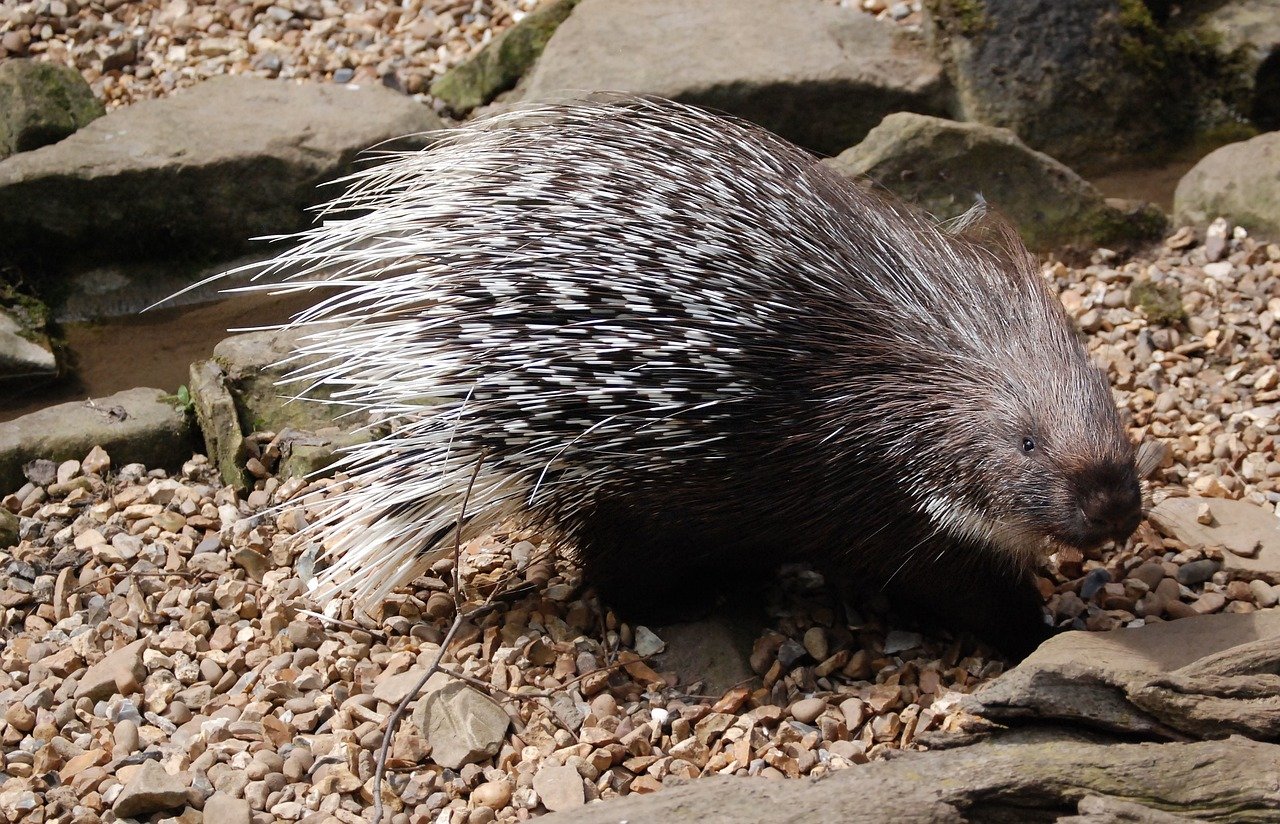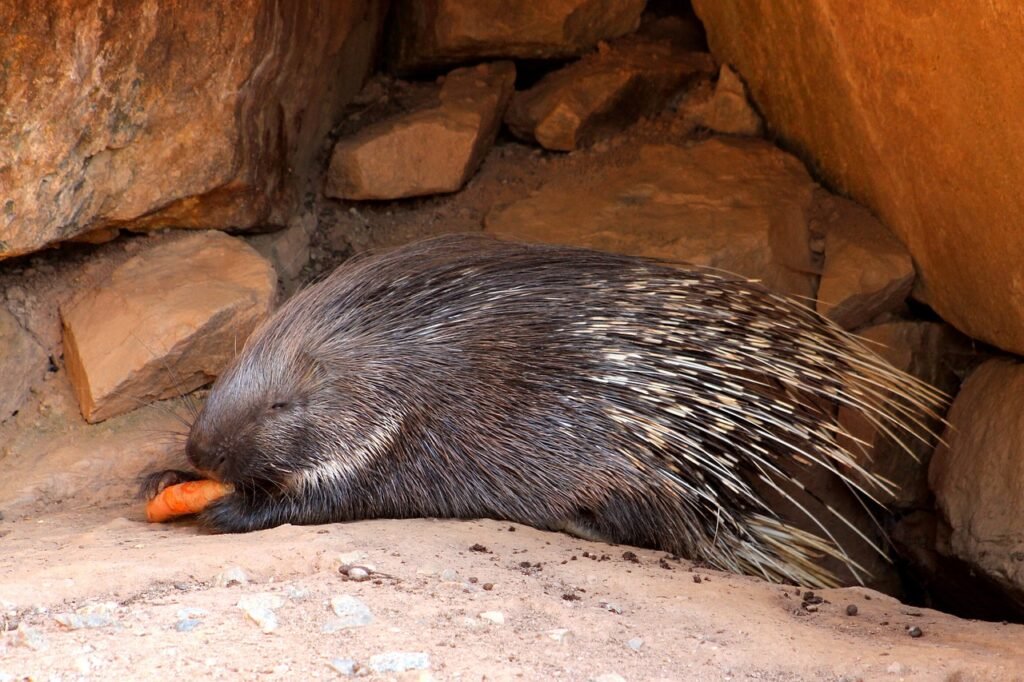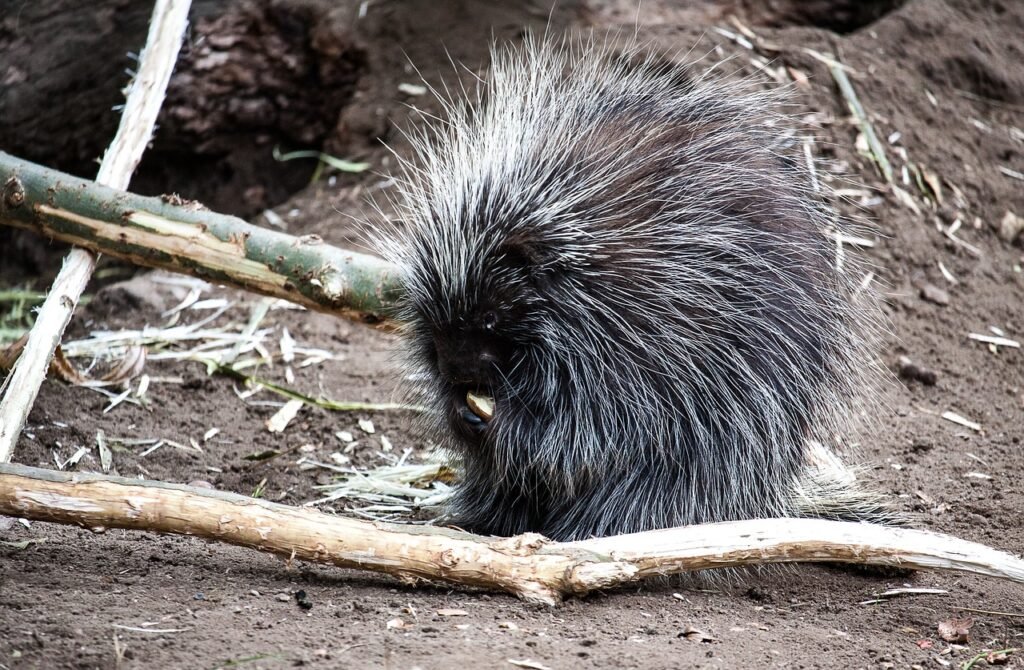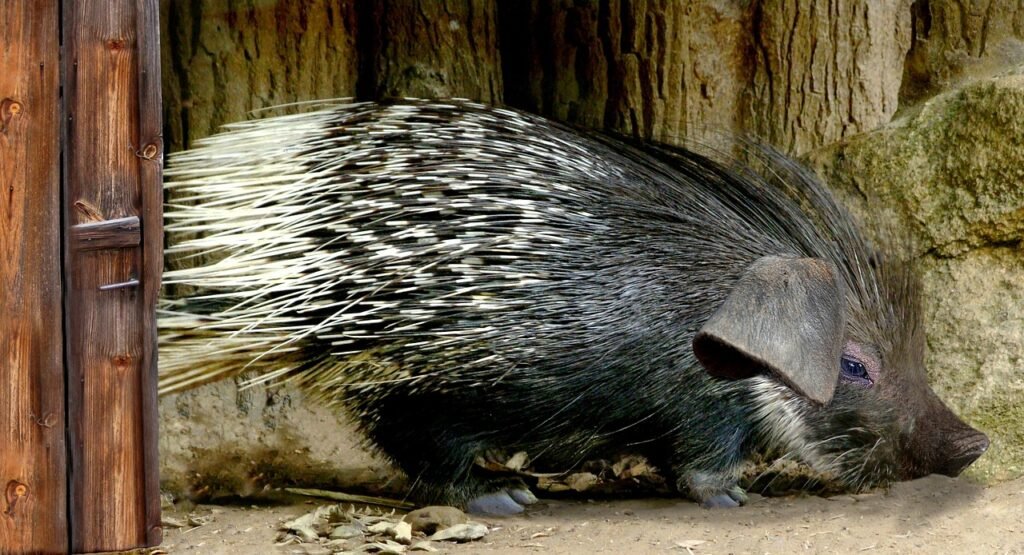Creating a secure environment is paramount when caring for a pet porcupine. These quilled companions require a habitat that not only protects them from potential dangers but also promotes their overall well-being. In this guide, we’ll explore key measures to ensure a safe and sound environment for your porcupine.
1. Quill-Proof Enclosure:
Porcupines are known for their sharp quills, making a quill-proof enclosure a necessity. Choose materials that are sturdy and resistant to quill penetration, ensuring that your porcupine is safe within its living space.
2. Regular Inspection and Maintenance:
Perform routine inspections of the enclosure to identify any wear, tear, or potential escape routes. Regular maintenance helps prevent accidents and ensures that the enclosure remains a secure haven for your porcupine.
3. Predator-Proof Design:
Consider potential threats from predators and design the enclosure with predator-proof features. This may include reinforced walls, secure locks, and measures to deter climbing predators.
4. Escape Prevention Measures:
Porcupines are resourceful animals. Take steps to prevent escape by securing all openings, including gates, doors, and any gaps in the enclosure. Regularly check for loose or damaged components that could compromise security.
5. Proper Ventilation and Temperature Control:
Maintaining a comfortable and well-ventilated environment is crucial. Ensure proper ventilation to prevent overheating and keep the temperature within a suitable range for your porcupine’s well-being.
6. Eliminate Hazardous Substances:
Remove any potentially harmful substances from the enclosure. This includes toxic plants, chemicals, or items that could pose a threat to your porcupine’s health.
7. Secure Feeding Area:
Designate a secure space for feeding to avoid conflicts with other pets or potential disturbances. This helps create a positive association between feeding time and a safe environment.
8. Consideration of Climbing Behaviors:
Porcupines are skilled climbers. If the enclosure has climbing structures, ensure they are stable and safe. Regularly check for wear and tear on climbing elements to prevent accidents.
9. Regular Health Checkups:
Schedule regular veterinary checkups to monitor your porcupine’s health. A healthy porcupine is more likely to feel secure in its environment.
10. Education and Awareness:
Stay informed about porcupine behaviors and needs. Understanding their habits will help you anticipate potential safety concerns and take proactive measures.
Ensuring a safe and sound environment for your porcupine is a continuous process that requires attention to detail and a commitment to your pet’s well-being. By incorporating these measures into the design and maintenance of the enclosure, you provide your porcupine with a secure and nurturing home, fostering a happy and healthy life for your quilled companion.



